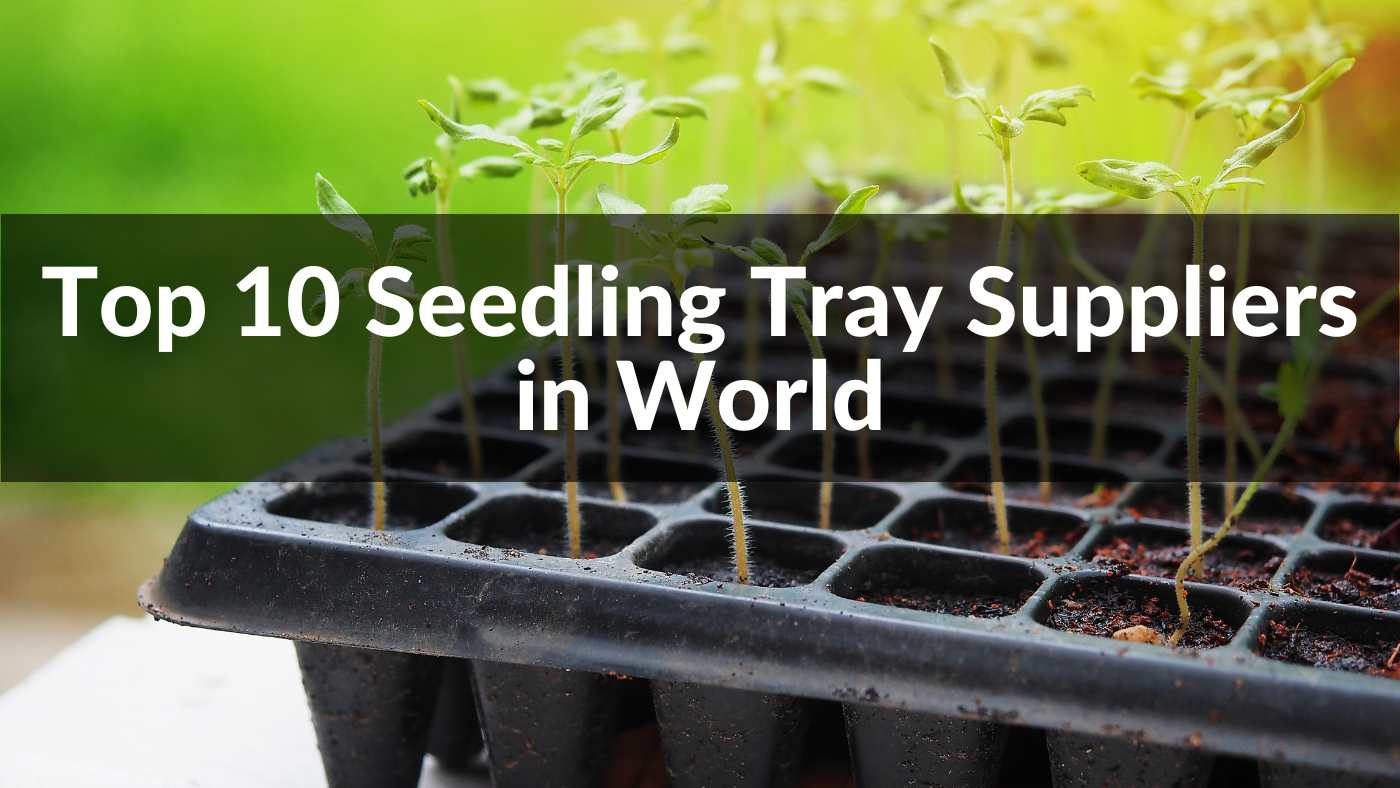
Welcome to the comprehensive guide on Coco Moss Poles, the revolutionary solution in the world of gardening and plant support. In this detailed exploration, we'll uncover the myriad benefits, production insights, and practical applications of Coco Moss Poles, a sustainable and effective tool for enhancing plant growth naturally. Discover the art of choosing and utilizing these eco-friendly supports to transform your gardening experience.
Have you ever wondered how to enhance your plant's growth naturally while adding an aesthetic touch to your indoor garden? Enter Coco Moss Poles, a game-changer for plant enthusiasts and commercial growers alike. Coco moss poles are innovative structures designed for supporting climbing plants and vines. Crafted from natural, sustainable materials, these poles provide an ideal environment for plants to thrive.
The core of these poles is made from sturdy, lightweight material, typically PVC or metal, ensuring durability and ease of handling. Wrapped around this core is a layer of coco coir, a natural fiber extracted from the husk of coconuts. This eco-friendly material is not only biodegradable but also known for its excellent water retention properties, making it ideal for plant growth.
The surface of coco moss poles mimics the natural growing conditions found in tropical forests, providing an organic and nurturing environment. This encourages the aerial roots of climbing plants to grip easily, promoting healthier growth and a more robust root system. In addition, the natural texture and color of coco coir add a rustic charm to your plant display, blending seamlessly with various interior décor styles.
When it comes to supporting your climbing plants, the composition of the support structure is crucial. Coco Moss Poles stand out due to their unique and beneficial composition. Understanding what makes up these poles is key to appreciating their value in plant care and growth.
The core of coco moss poles is typically crafted from a durable, yet lightweight material like PVC or metal. This choice of material ensures the poles are both sturdy enough to support your plants and easy enough to handle and install. This core is then meticulously wrapped in a layer of coco coir.
Coco coir, the star element of these poles, is a natural fiber obtained from the outer husk of coconuts. This fibrous material is known for its remarkable durability, water retention capabilities, and resistance to fungal growth. Its fibrous texture provides an excellent surface for climbing plants to adhere to and climb upwards with ease.
Some coco moss poles may also include sphagnum moss, another organic material celebrated for its water retention properties. This moss, when combined with coco coir, creates an even more nurturing environment for plants, ensuring that they receive adequate moisture and air for optimal growth.

In the world of gardening, there are numerous options for supporting climbing plants, but how do Coco Moss Poles stack up against these alternatives? Understanding the advantages of coco moss poles compared to other plant support structures is key to making an informed decision for your gardening needs.
Traditional stakes and trellises, commonly made from wood or plastic, have been the go-to for gardeners for years. While effective, these materials do not offer the same natural benefits as coco moss poles. Wood, for instance, can rot over time and may not be as sustainable, while plastic lacks the natural aesthetic and environmental friendliness.
Metal supports offer durability but can be heavy and difficult to maneuver. They also lack the water retention properties of coco coir, which is crucial for the health of many climbing plants. Additionally, metal structures can heat up under the sun, potentially harming delicate plant stems and roots.
Another popular choice is the use of bamboo stakes. While bamboo is a natural and sturdy option, it doesn't provide the same moisture-retaining benefits as coco moss poles. Climbing plants often require a more textured surface for adequate grip, which is where the fibrous nature of coco coir excels.
When it comes to nurturing your climbing plants, the choice of support structure can make a significant difference. Coco Moss Poles offer a multitude of benefits that go beyond mere physical support, positively impacting plant growth and health in several ways.
Firstly, the natural fiber of coco coir provides an excellent surface for plant roots to latch onto. This not only helps plants climb more easily but also stimulates healthier root development. The fibrous texture encourages the growth of aerial roots, which are essential for the uptake of nutrients and moisture.
The water retention properties of coco coir are another significant advantage. Coco moss poles help maintain a consistent level of moisture around the plant stems, crucial for many climbing plants that thrive in humid environments. This consistent moisture availability can lead to lusher foliage and improved overall plant health.
Additionally, coco coir is naturally resistant to fungal growth and pests, providing a safe and healthy environment for plants. This reduces the risk of diseases commonly associated with overwatering or poor air circulation, making coco moss poles an excellent choice for both indoor and outdoor gardening.
Moreover, the eco-friendly and sustainable nature of coco moss poles makes them a responsible choice for environmentally conscious gardeners. Unlike plastic or non-renewable resources, coco coir is biodegradable and sourced from renewable coconut husks, aligning with sustainable gardening practices.
The creation of Coco Moss Poles is a fascinating blend of traditional craftsmanship and eco-conscious practices. The process starts with the selection of high-quality coco coir, which is the fiber extracted from the outer shell of coconuts. This raw material is then processed to achieve the desired texture and consistency.
Once the coco coir is prepared, it's wrapped around a sturdy core, typically made of PVC or metal, to form the pole. This core provides the necessary strength and support for the pole, while the coco coir offers a natural and conducive environment for plant growth. The wrapping process is meticulously carried out to ensure that the coir is evenly distributed, offering maximum support and moisture retention capabilities.
The final step in the production of these poles involves curing or treating them to enhance their durability and resistance to outdoor elements. This treatment ensures that the poles are not only functional but also long-lasting, making them a reliable choice for gardeners and plant enthusiasts.
Sustainability is at the heart of sourcing materials for Coco Moss Poles. The primary material, coco coir, is sourced from coconut-producing regions where coconuts are harvested for various uses. By utilizing the husks, which are often considered a waste product, the production of coco moss poles contributes to a circular economy, reducing waste and promoting the use of renewable resources.
The manufacturers of coco moss poles are committed to ethical sourcing practices. This includes ensuring that the coco coir is obtained from farms and suppliers that adhere to responsible agricultural practices, maintaining the health of the soil and surrounding ecosystems.

When it comes to selecting the right Coco Moss Pole for your plants, understanding the difference between standard and reinforced poles is crucial. Standard coco moss poles are typically suited for indoor plants and smaller climbers. They consist of a thinner core and a standard layer of coco coir, providing adequate support and moisture retention for most houseplants.
Reinforced poles, on the other hand, are designed for heavier or outdoor plants. These poles have a thicker, more robust core, often reinforced with additional materials to withstand the weight and force of larger plants. The coco coir layer in these poles is also denser, offering enhanced support and durability for vigorous climbers or plants exposed to outdoor elements.
Coco Moss Poles come in a variety of sizes and shapes to accommodate different plant types and gardening needs. From short poles for compact indoor plants to taller ones for sprawling vines, the size of the pole can be chosen based on the specific requirements of your plant. Additionally, these poles are available in various shapes, such as straight, spiral, or even custom forms, to match the aesthetic and structural needs of your garden or indoor space.
For those seeking a more personalized approach, customization options for Coco Moss Poles are available. This might include varying the thickness of the coco coir layer, altering the length and diameter of the pole, or even creating unique shapes to fit specific design ideas. Customization allows gardeners to tailor the poles to their unique gardening environment and aesthetic preferences, making coco moss poles a versatile option for a wide range of plant types and settings.
When investing in Coco Moss Poles, understanding the balance between pricing and quality is essential for making a wise purchase decision. The cost of these poles can vary significantly based on several factors, including material quality, size, and customization options.
The quality of the coco coir and the core materials play a crucial role in determining the price. Higher quality coco coir, which is denser and more uniform, generally commands a higher price due to its better water retention and durability. Similarly, poles with stronger and more durable cores, such as those made with reinforced materials for outdoor use, will be priced higher than standard indoor poles.
Size and customization also impact the cost. Larger and custom-designed poles require more material and labor, which are reflected in their pricing. While standard sizes are generally more affordable, customized poles offer the advantage of being tailored to specific plant and garden needs, justifying their higher price point.
It's important to consider the longevity and effectiveness of the poles when evaluating their cost. Investing in a higher quality coco moss pole can be more cost-effective in the long run, as they tend to last longer and provide better support and growth conditions for plants.

Coco Moss Poles are particularly beneficial for a variety of climbing plants. These poles are ideal for species such as Philodendron, Pothos, and Monstera, which naturally climb trees in their native habitats. The fibrous texture of the coco coir provides an excellent grip for the aerial roots of these plants, encouraging them to grow upwards and flourish.
Additionally, flowering climbers like Clematis, Jasmine, and certain types of Ivy also thrive when supported by coco poles. These poles not only support their growth but also enhance the plant's overall health, leading to more abundant and vibrant blooms.
Coco Moss Poles seamlessly integrate into various gardening styles, from tropical and exotic to more traditional or minimalist designs. In tropical-style gardens, they complement the natural aesthetic and help create a lush, green environment. For modern or minimalist gardens, these poles add an organic texture and warmth, enhancing the overall design without overpowering it.
In urban or small-space gardening, where maximizing vertical space is crucial, coco moss poles are especially useful. They allow for vertical growth of plants, creating green walls or living art installations that are not only beautiful but also functional.
Beyond their functional role, Coco Moss Poles offer creative possibilities in landscaping. They can be used to create natural screens or dividers in gardens, offering privacy while adding a green element to the space. Landscapers also utilize these poles in creating unique focal points in gardens, such as sculptural plant displays or organic frameworks for hanging plants.
Installing Coco Moss Poles is a straightforward process that can greatly enhance the growth and appearance of your climbing plants. Start by gently inserting the base of the pole into the soil, close to the plant's base. Ensure it's deep enough to provide stability but careful not to damage the plant's roots. Then, gradually tie the plant to the pole using soft ties, ensuring not to constrict the stems or leaves.
Maintaining your coco moss poles is key to ensuring they last long and provide optimal support to your plants. Regularly misting the coco coir helps maintain its moisture level, which is beneficial for the plants. If the pole starts to dry out, soaking it in water for a few hours can rejuvenate it. Also, periodically check and adjust the ties as your plant grows to prevent any restriction or damage.
While Coco Moss Poles are relatively low-maintenance, certain issues can arise. One common problem is mold growth on the coco coir. This can usually be mitigated by reducing the frequency of misting and ensuring the pole isn't kept excessively wet. If the pole becomes too saturated and soggy, allowing it to dry out a bit between waterings can help. Additionally, if you notice the plant isn’t attaching to the pole, gently guide and tie its stems to the pole, encouraging it to climb.
The eco-friendliness of Coco Moss Poles is one of their most appealing attributes. Made from natural, renewable resources, these poles are an environmentally conscious choice. The coco coir used is a byproduct of the coconut industry, which means their production helps in reducing waste and promoting the use of sustainable materials.
Coco Moss Poles make a significant contribution to sustainable gardening practices. By providing a natural and biodegradable alternative to synthetic supports, they align with the principles of organic and eco-friendly gardening. Their usage supports a more sustainable ecosystem, benefiting not only the plants they support but also the environment as a whole.
At the end of their life cycle, coco moss poles can be recycled or disposed of in an environmentally responsible manner. The coco coir can be composted, returning its nutrients to the soil and completing its natural lifecycle. For the core materials, recycling options depend on the specific materials used (such as metal or PVC), and it’s advisable to check local recycling guidelines for proper disposal.
When purchasing Coco Moss Poles, it's crucial to consider several factors to ensure you're making the right choice. Evaluate the size and type of pole needed for your specific plants. Consider the material quality of both the coco coir and the core. Also, think about the long-term sustainability and environmental impact of the product you choose.
Quality assessment is key in choosing the best coco moss poles. Look for poles with dense, evenly distributed coco coir, as this indicates good water retention and durability. The strength of the core material is also important, especially for supporting larger plants. Additionally, check for any signs of chemical treatments or additives, as these can be detrimental to both plants and the environment.
When negotiating wholesale deals for coco moss poles, research is your best tool. Understand the market price and quality standards to negotiate effectively. Don't hesitate to ask for samples to assess quality firsthand. Building a good relationship with suppliers can also lead to better prices and terms. Lastly, consider the long-term value, not just the initial cost, as investing in higher quality may be more cost-effective over time.
In conclusion, Coco Moss Poles represent the pinnacle of sustainable gardening solutions, combining eco-friendliness with superior plant support. As we navigate towards greener practices, choosing products like these becomes paramount. Embrace the innovation and expertise of Linkwin, China's leading manufacturer of Coco Moss Poles. Visit our website at www.agriculturaltool.com to explore our range of high-quality, sustainable gardening products, tailor-made to meet your gardening aspirations and environmental consciousness.
Read More:
The Ultimate Guide to Planting in Fabric Grow Bags
The Green Haven: Nurturing Growth with Indoor Planting Trays?











We use cookies to make the website work, to provide advanced features, social media and traffic analysis, and we use analytics and third-party advertising cookies. If you choose to click "Deny All", you will retain the default setting of not allowing the use of cookies or other tracking tools other than technical tools.

